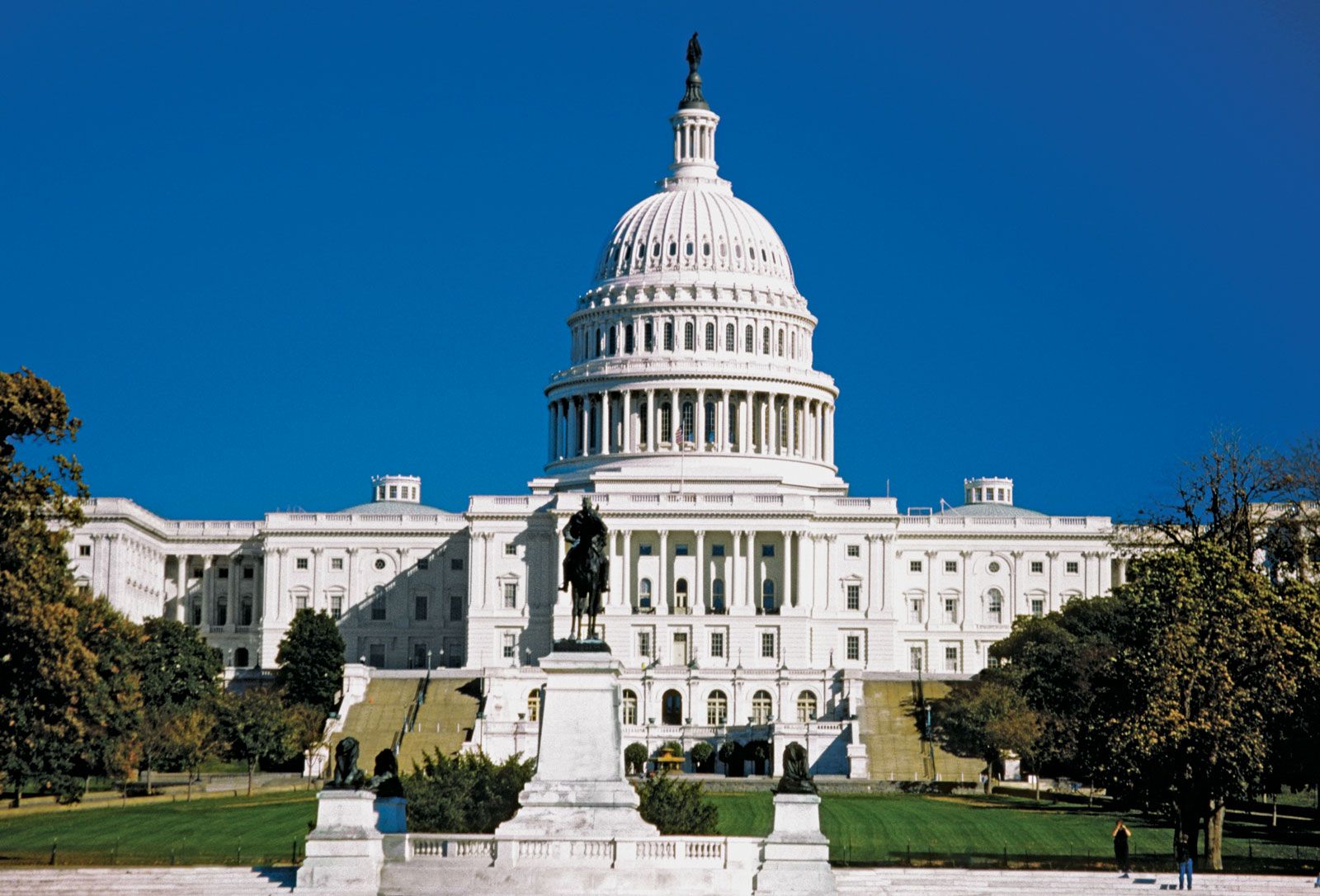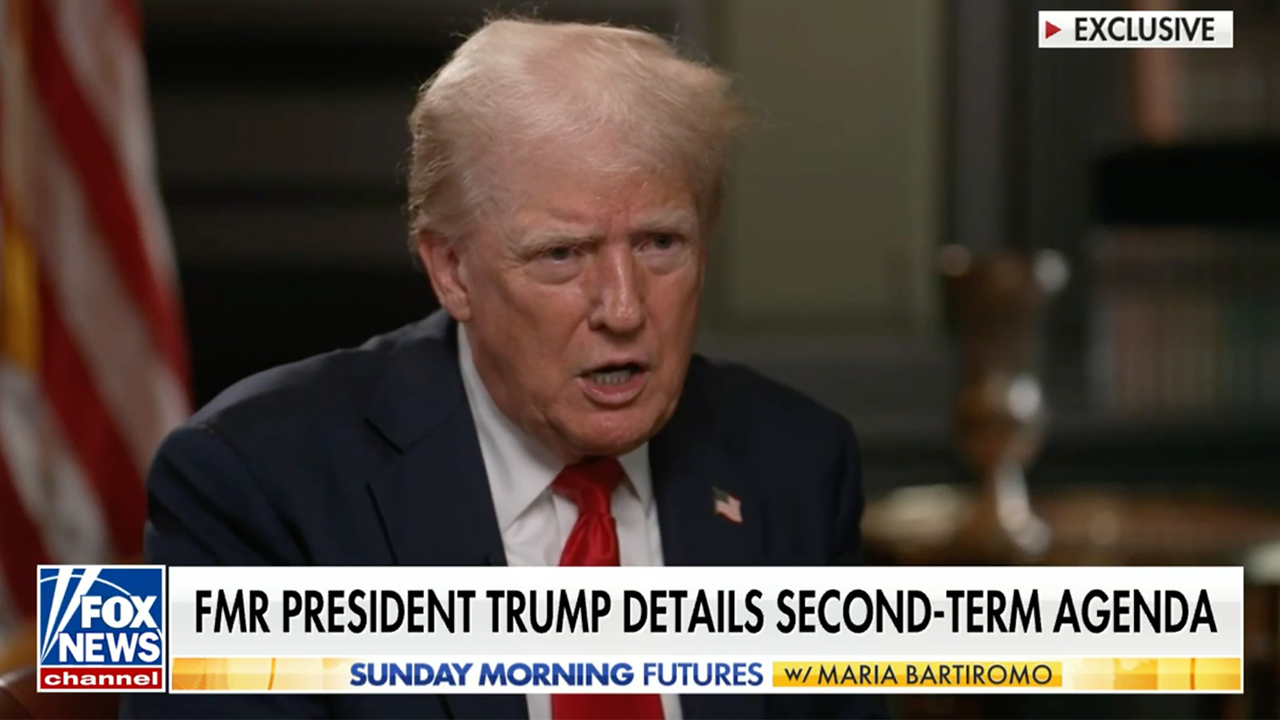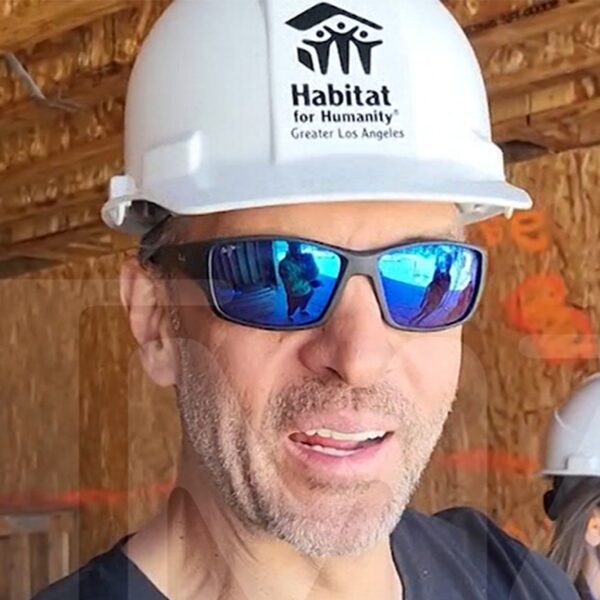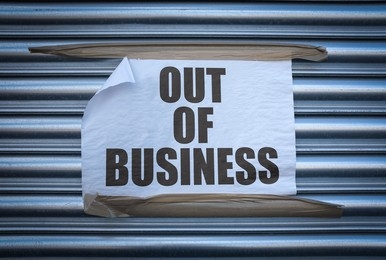

Recently I posed this question to my teenage daughter: Aren’t we tired of influencers?
“No,” she said.
But despite my daughter’s opinion — she’s 16 — I know I’m not the only one fed up with the barrage of things I’m told to buy on social media. Which is why the rise of “underconsumptioncore” came as a welcome shift away from influencer culture — and made me finally feel seen.
More from Personal Finance:
‘Recession pop’ is in: How music hits on economic trends
‘I’m looking for a man in finance’
‘I cry a lot but I am so productive, it’s an art’
Years ago, I made a commitment to live with less. But adhering to a standard more in line with minimalism than overconsumption is a vow I’ve had to renew yearly, monthly, daily.
Let’s just say it’s a struggle. Instagram doesn’t help.
Increasingly, I have found the incessant shilling of everything from protein shakes to private vacation villas exhausting. Not to mention how this steady stream of influencer marketing is often at odds with my own lifestyle aspirations (and budget).
Pro tips: I have a screen time limit set for Instagram, keep sponsored posts “snoozed” and regularly “report” ads that feel intrusive. Also, I follow “the 48-hour rule,” which requires waiting at least two days before making any discretionary purchase, through social media or otherwise.
‘An arms race for consumer dollars’
Although most Americans say they are living paycheck to paycheck, consumers routinely spend more than they can afford on impulse purchases, many studies show — particularly those advertised on sites such as TikTok, Instagram and Facebook.
“We are bombarded with shopping opportunities,” said Casey Lewis, a social media trend expert and founder of trend newsletter After School. “Now it’s sort of an arms race for consumer dollars.”
One report by Intuit Credit Karma found that roughly 2 in 5 Americans have purchased products advertised on social media in the past year, and nearly a quarter — 23% — of them coughed up $1,000 or more on those purchases.
Generation Z, especially, makes shopping decisions heavily driven by TikTok and Instagram, where influencer recommendations play a very significant role, another KPMG report showed.
The rise of #underconsumptioncore
TikTok‘s latest financial trend, #underconsumptioncore, is about making the most of what you already have and rejecting the temptation to buy more (and more and more). That’s also something personal stylist Allison Bornstein told me in 2023, which has stuck with me ever since.
The timing is on point, given that consumers feel increasingly cash-strapped and their confidence in the economy is showing signs of strain, according to Brett House, economics professor at Columbia Business School. “It’s a movement that is cyclical, driven by macroeconomic conditions,” he said.
In fact, the idea behind underconsumption has emerged with “predictable regularity” at similar times in recent history, including in the early 1990s, then when the dot-com bubble burst in early 2000 and again during the Great Recession, House said. “In each case the aesthetics were a little different, but it represented a back-to-basics mentality.”
This time around, #underconsumptioncore stems from a number of other factors, as well, including a desire to live more intentionally and sustainably. Gen Z is also the most eco-conscious generation.
But still, this trend is primarily born out of necessity. To be sure, few people can afford all of this stuff.
Young people are just sort of like ‘enough, we can’t possibly keep up.’
Casey Lewis
social media trend expert
Americans are feeling the pain of persistent inflation, with various reports showing many have exhausted their savings and are now leaning on credit cards to make ends meet.
Financial well-being is deteriorating and young adults, especially, are struggling.
Similarly, interest in “conscious consumerism” and “de-influencing” have also peaked, both of which aim to put a lid on social media-related overspending.
“Young people are just sort of like ‘enough, we can’t possibly keep up,’ and it doesn’t feel good anymore,” Lewis said.
But whether #underconsumptioncore is simply a mood or a movement, it’s still hard to say. “The lifespan of this trend depends, in a lot of ways, on how long the economy continues to slow and incomes remain below price gains,” House said.
Lewis is skeptical about whether this trend will have any sustained traction at all. Already, her feed is being overrun with #backtoschoolhauls, including outfits, gear and dorm décor, she said.















